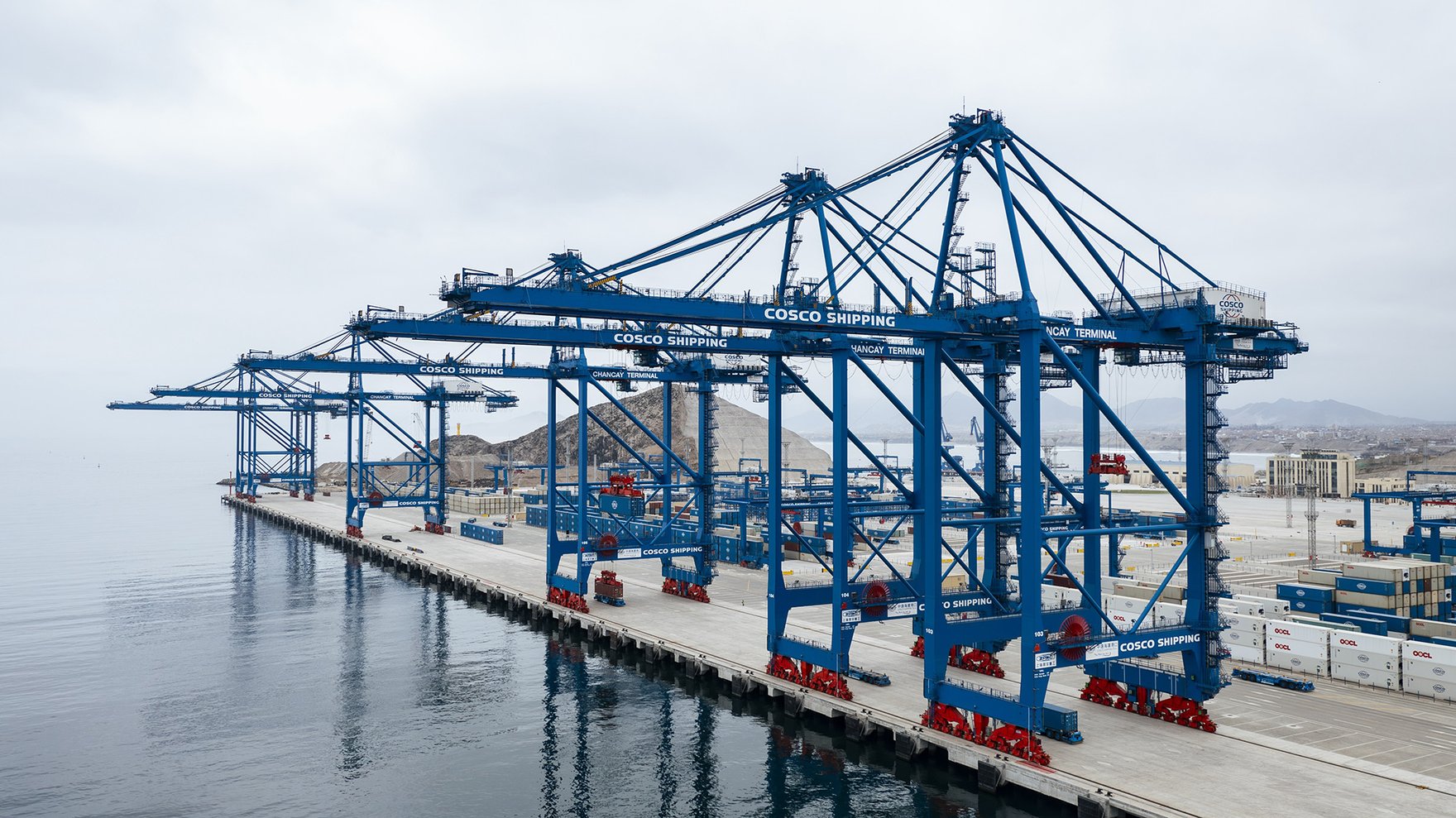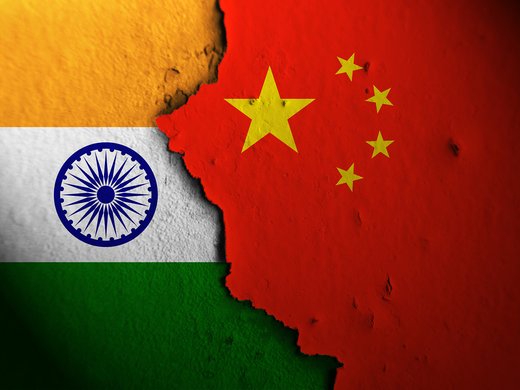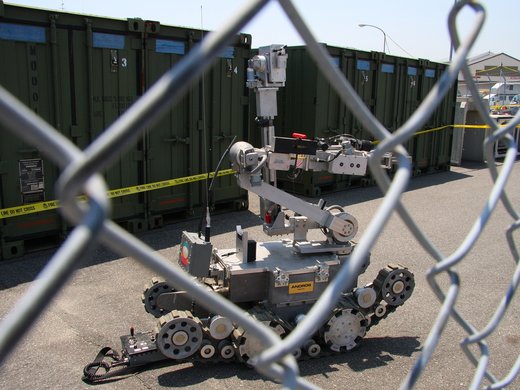The Trump administration is determined to curb China’s influence in the Western Hemisphere but it is not winning friends as it tries to do so. Given that China has been targeting Latin America for the past two decades, it would be inaccurate to say that China is now seeking to exploit such divisions; it is already South America’s top trading partner and a major source of foreign direct investment, as well as energy and infrastructure lending, through its Belt and Road Initiative (BRI). But the aggressiveness of the Trump administration has brought the US-China struggle for influence in Latin America out of the shadows and into the light.
US Deportations to Colombia
Although Colombia was once America’s greatest strategic ally in South America, the country has been moving closer to China since Colombian President Gustavo Petro’s election in 2022. The recent dispute between Petro and US President Donald Trump over the issue of deported migrants delineated a trend that is already at an advanced stage across Latin America — the attempt by governments to reduce their dependence on the United States.
When Petro refused entry to two flights carrying deported migrants because they were military, not civilian, transport planes, Trump imposed 25 percent tariffs on Colombia.
That would have affected one in three foreign sales for the country and Petro quickly backed down.
But it was a lesson to all governments in the region to look for export destinations other than the United States.
The tone was threatening — do what we say or you are not on our side, and you will be punished — and it was noted widely.
The Panama Canal
The first international trip by US Secretary of State Marco Rubio was to Panama with the message that José Raul Mulino’s government had to reduce China’s influence in the region or see the United States assume sovereignty over the canal.
Mulino denied that China controls the operation of the canal but Chinese companies have invested heavily in ports and terminals at either end.
A crisis appears to have been averted by the sale of the ports by CK Hutchison Holdings of Hong Kong to US asset management company, Black Rock.
It was hailed as a victory for Rubio’s America First policy in the region, which preceded Trump’s victory and sought to counter China’s “malign influence” through security and counter-narcotics efforts.
But it was also heavy-handed and will likely only accelerate the rise of China across Latin America.
Beijing has long looked to expand its sphere of influence, focusing on aid, investment and trade, and those efforts have redoubled in recent years.
China’s Response
At the opening of China’s parliament in March 2025, Foreign Minister Wang Yi promoted the country as “an anchor in an uncertain world.” Wang highlighted the Trump administration’s retreat from multilateral forums, its freezing of international aid and its aggressive approach to dealing with traditional allies as presenting an opening for China and its allies.
The first fruits of a trade war between the United States and China appeared in earlier that same month when Beijing revealed new tariffs on US farm goods, creating an opportunity for more meat, dairy and grain imports originating from South America.
China’s chief exports to the region used to be porcelain, silk, spices and coolies, who worked on sugar plantations and silver mines in Cuba and Peru. But since its entry into the World Trade Organization in 2001, China has seen its share of trade in the region grow tenfold. Two-way trade exceeded US$450 billion in 2022 and is forecasted to reach US$700 billion by 2035.
The Port of Chancay
In the background are the geopolitical implications of tighter ties. Peru and China recently updated a free trade agreement and inaugurated the US$3.6 billion Chinese-funded Port of Chancay, which is expected to boost bilateral commerce by 50 percent. China even has plans to link Chancay to Brazil.
But the former commander of the US Southern Command, Laura Richardson, has warned US Congress that Chancay could become a dual-use facility employed by the Chinese navy. In addition, there are around 40 other ports being built or upgraded by Chinese companies in Latin America and the Caribbean — to the growing alarm of Washington.
Richardson cautioned that another Chinese state-owned enterprise is trying to secure the rights to build a dual-use polar logistics facility on Argentinian soil, in proximity to key strategic areas including the Straits of Magellan, the Drake Passage and Antarctica.
China Now Colombia’s “Strategic Partner”
China’s expansion in Latin America is a cautionary tale of what happens in a power vacuum, with Colombia offering a good case study of what is happening in many of its neighbouring countries. Colombia has recently upgraded its political relationship with Beijing to that of a “strategic partner,” an agreement that required Petro’s government to recognize a “one China” policy that says Taiwan is an inalienable part of Chinese territory and that Colombia backs efforts to achieve Chinese reunification.
As a result, only Belize, Guatemala, Haiti and Paraguay in the region still recognize Taiwan (after Honduras flipped in 2023).
One senior Colombian businessman said China has been very strategic in filling space that the United States and Europe have been vacating.
He also said that when it comes to infrastructure, there is a great appetite from local governments for cheap loans, which has led to significant approval from the general public. A recent Pew Research Center report found that Latin American countries were second only to those in Africa when it came to favourable impressions of China globally.
The relationship in Colombia is almost entirely trade-based, at least, with China looking for resources, minerals and coffee. For example, a Chinese company, Zijin, has taken over the country’s largest gold mine, where it now faces accusations of environmental degradation, human rights concerns and conflict with illegal miners.
In return, Beijing sends back electronics, computers and other devices, using competitive prices to penetrate markets.
But, as the senior businessman said, there is an understanding that Chinese political influence will eventually follow commerce.
Chinese Construction Projects in South America
Countries across the South American region enter into business agreements with China aware of the potential downside, but apparently unable to resist the favourable terms on offer.
For instance, the Chinese Harbour Engineering Company won the contract to build Bogotá’s metro system, even though the company has been accused of bribery and substandard construction with other projects, including the main road between San José and the main port of Limon in Costa Rica. In that case, the offer of a 20-year US$396 million loan by a Chinese bank won over the government, even though the project is now five years behind schedule and “poorly designed,” in the words of one minister.
These loans offer fewer conditions but can create debt traps when not repaid.
A report by the Colombia Risk Analysis consultancy suggested that the country lacks a strategic vision when it comes to its approach to China. Rather than pursuing a well thought-out international agenda, it simply advances immediate domestic political objectives. While there is a “studied, considered approach towards Colombia and the rest of Latin America,” the report categorized the Petro government’s policy in relation to China as “improvised.”
However, it concluded that the benefits of Chinese investment will remain hard to resist, as China continues to underbid the United States and the European Union on public tenders and contracts.
US Neglecting Its Own Backyard
The implications will only be felt when it is too late. Twenty-two countries in the region have already signed up to China’s BRI, with Colombia set to increase that number to 23 in the near future.
Only Costa Rica has banned Chinese technology from its 5G telecommunications network build out.
Inflation and financial pressures mean that cheaper Chinese solutions offered by Huawei and ZTE form the basis of many 4G networks. Brazil was set to exclude Huawei from 5G until it realized that the Chinese company could stop supplying the 3G and 4G equipment on which half of the country’s mobile networks run.
Nobody is immune to the financial drug that Beijing is supplying. Javier Milei, the firebrand libertarian president of Argentina, entered office decrying deals made with the “murderers and thieves” in Beijing.
Yet at the Group of Twenty (G20) meeting in Rio de Janeiro in November 2024, he met with his Chinese counterpart, Xi Jinping, and now calls China “an interesting trade partner” — a shift in perspective that may be linked to currency swap agreements that allowed Argentina to pay down its debts to the International Monetary Fund.
Meanwhile, Xi and Brazilian President Luiz Inácio Lula de Silva, signed 37 bilateral agreements at the G20, making them, in Xi’s words, “golden partners.”
All of these developments represent the culmination of a decade of the United States and Europe ceding influence to China.
It is clearly beyond time for the Americans to address this strategic neglect in their own backyard.
But the Trump doctrine that treats enemies better than friends and revels in permanent destabilization is unlikely to extricate China from the region.



